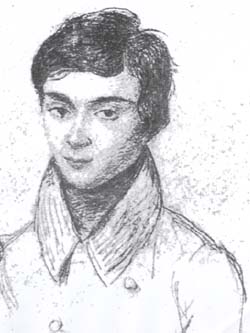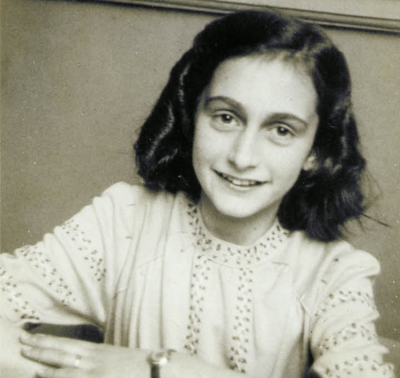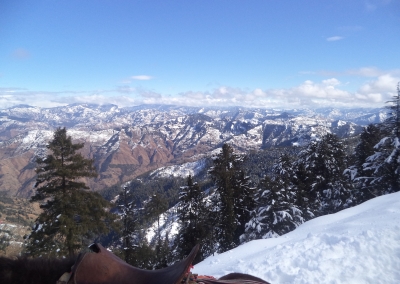Which person in history, if they lived 5 years longer, would make the biggest change to history?

Evariste Galois
He was killed in 1832 at age 20 in a duel over “une femme”.
On the night before the duel he wrote a letter containing 60 pages of his math findings. In 1846 Liouville published his results on group theory, but it was only around 1870 that Camille Jordan finally understood it and its implications... Unlike Gauss, whose math works were mostly questions that other persons later discovered on their own, all of Galois’s findings were original and revolutionary.
So we make Galois survive the duel and live five years longer. I assume the near death experience would motivated him to properly expose his ideas. This would accelerate math development of groups theory a whole four decades, but most important, the great math minds that were alive and productive during this time interval will have the chance to work upon it. Imagine Gauss and Riemann having access to Galois’s ideas and tools- it is like giving the minds behind the Manhattan project access to a modern PC to design and calculate his A-Bombs.
One can safely assume that magnetism theory and relativity would be formulated earlier as well- Cantor would achieve his own results earlier and likely expand upon them. Galois’s death delayed math development at least 40 years, in the time frame exactly before math gave birth to relativity and quantum mechanics.
Then we enter the speculation scenario: if between 17y and 20y Galois produced such revolutionary results, what would he do living five years longer? Would he solve Fermat’s last theorem?! Galois’s mind worked in ways alien to most humans minds, the kind of genius we are blessed with once a century, if that much.
Credit : Quora
Picture Credit : Google

